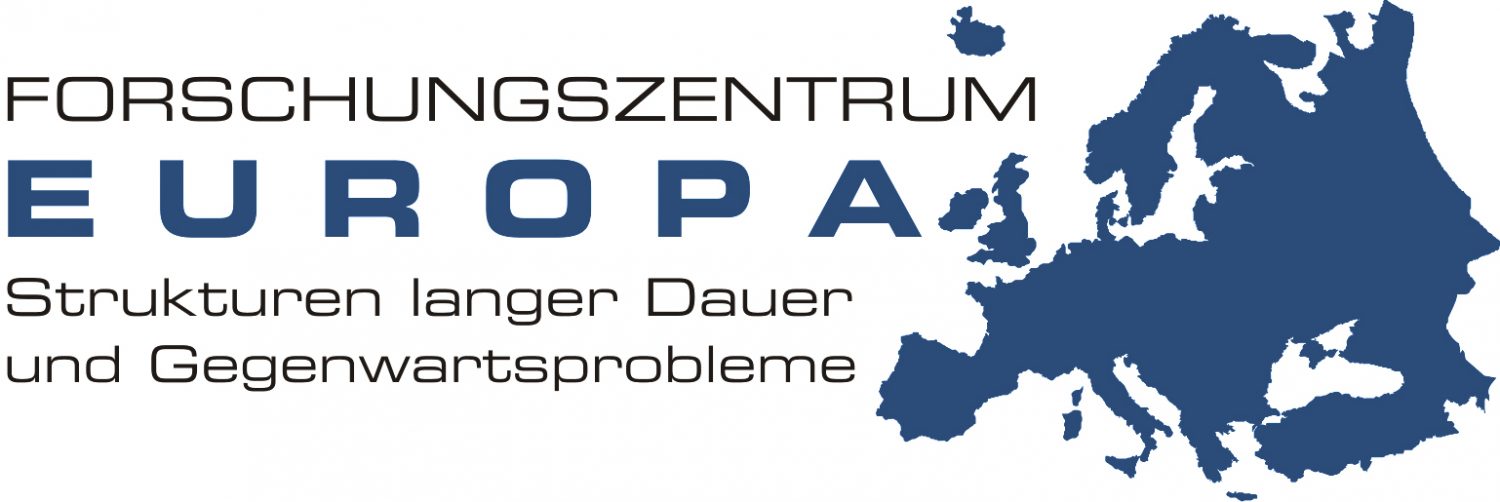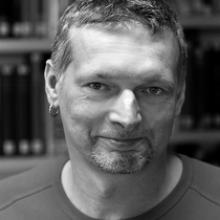Jewish history appears to lend itself to analyses in terms of ‘disruption’ and ‘resilience’. The latter term can evoke numerous associations. Religious coping mechanisms will probably first come to mind: they can be identified on the personal, familial, and communal levels. But phenomena of political adaptation and social transformation can also be seen as modes of resilience processes. Such processes are rarely straightforward and linear. The history of European Jews between the mid-14th and early 17th centuries is a case in point: Discontinuity seems its main characteristic. The expulsions from most of the urban centres of Ashkenaz reduced the options for settlement dramatically, and yet Jewish life did not totally disappear. Community life became harder to organize or was organized in new and creative ways.
This session seeks to steer a course between generalization and particularity, offering detailed, multi-level analyses of episodes and situations of disruption and resilience. Following a general introduction (C. Cluse) on the dialectics of continuity and discontinuity observable in late medieval Ashkenazi history, it presents three case studies. The first (J. R. Müller) is devoted to Jewish protagonists facing the “Armleder” riots in Franconia (1336/37), based on a micro-historical analysis of the extensive documentation preserved in the registers of the Franconian regional courts. The second paper (A. Funke) by contrast, addresses the daily experience of low-intensity violence, of the small Jewish settlements in the Wetterau region, one of the regions with a more or less continuous Jewish settlement into the modern era. The final paper (L. Raspe) addresses the liturgical evidence (minhagim collections, selihot orders) regarding the ‘afterlife’ (or disappearance) of the historical medinot in Germany following the expulsions of Jews from most of the urban communities.
Historians have long considered the later Middle Ages as a period of cultural decline for Ashkenazi Jewry; in view of settlement history, the sixteenth century has been characterized as an era of “atomization”. At the same time, the roots of later “rural Jewry” have been identified at this time of transition; also, there is a growing sense of how legal changes in the environment and the spread of printed books contributed to stabilizing Jewish life both without and within.
Papers:
- Introduction: The Dialectics of Continuity and Discontinuity in Late Medieval Jewish History, Dr. Christoph Cluse (Arye Maimon Institute, Trier University)
-
Jews Facing the “Armleder” Pogroms in Franconia, 1336–1337: A New Look at Regional Court Records, Dr. Jörg R. Müller (Arye Maimon Institute, Trier University)
-
A Daily Life of Disruption. The Jews of Münzenberg and Assenheim Facing the Effects of Local Power Struggles in the 16th Century, Annika Funke M.A. (The Hebrew University of Jerusalem)
-
Jewish ‘Lands’ in Post-Expulsion Ashkenaz – The Evidence of Liturgy, Prof. Dr. Lucia Raspe (Steinheim-Institut, Essen)
For further information on the 18th World Congress of Jewish Studies see the website of the World Union of Jewish Studies.



